7 Kitchen Appliances That Could Get More Expensive After China’s Export Ban
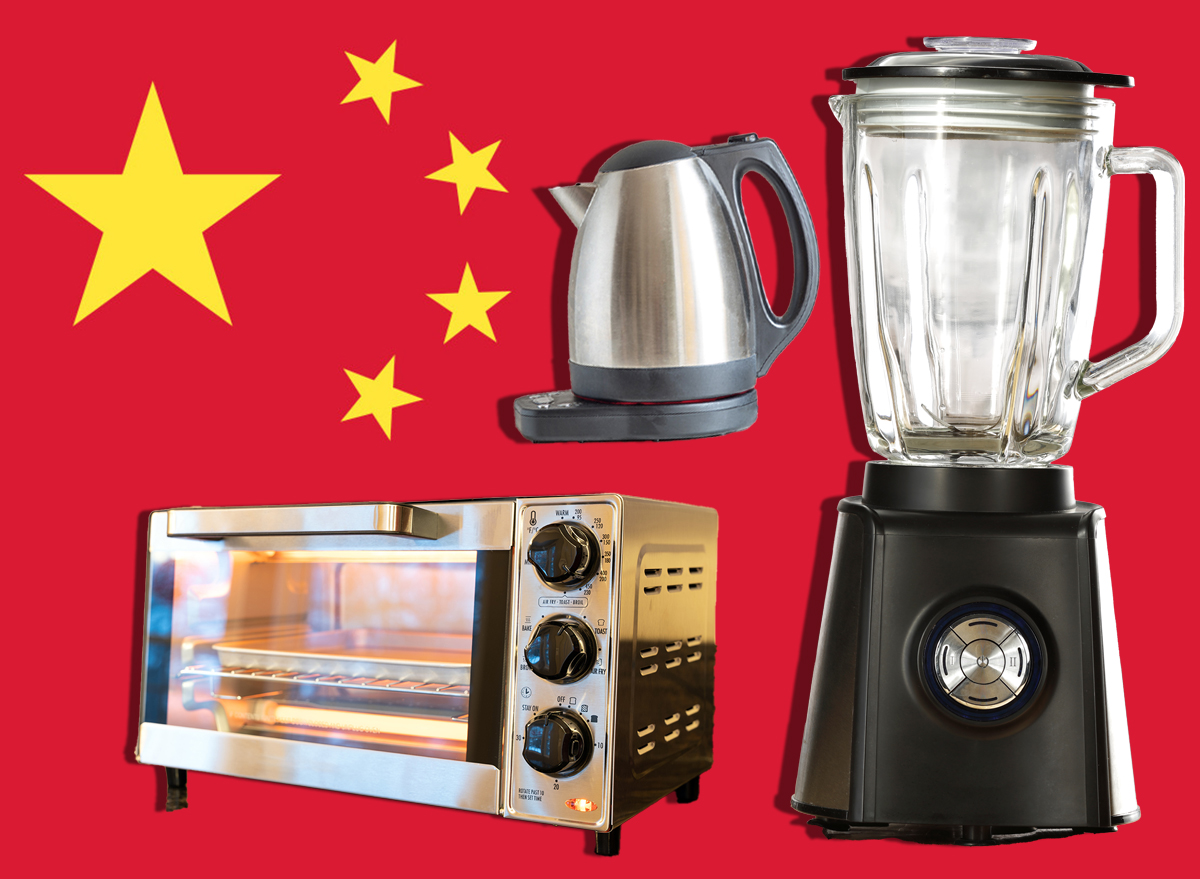
China produces and exports a huge amount of kitchen appliances—chances are you have some in your kitchen right now. It’s not just the actual appliances but parts needed to build them that could be impacted by the trade war ramping up between China and the United States, for example rare earth magnets which are used to make many crucial electronic appliances. This could result in everyday items such as blenders and rice cookers becoming much more expensive, for both big brand names and smaller companies. Here are seven kitchen appliances that could become more expensive as a result of the tariffs.
Electric Blenders

Many blenders use high-RPM motors that rely on rare earth magnets, a vital product China has suspended all exports for. “Does the export control or ban potentially have severe effects in the U.S.? Yes,” Daniel Pickard, the chairman of the critical minerals advisory committee for the Office of the United States Trade Representative and Department of Commerce, told The New York Times.
Air Fryers
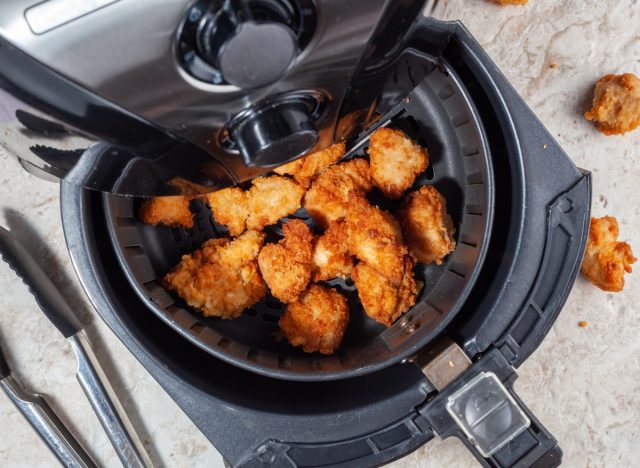
China is a major manufacturer of air fryers, which have exploded in popularity in the U.S. These popular countertop appliances often contain fans and heating systems with components tied to rare earth materials, which China has halted exports for. “When asked by my clients when their cargoes will be able to leave China, we give them an estimated time of 60 days, but it may actually take longer than that,” one China rare earth trader told Reuters.
Stand Mixers
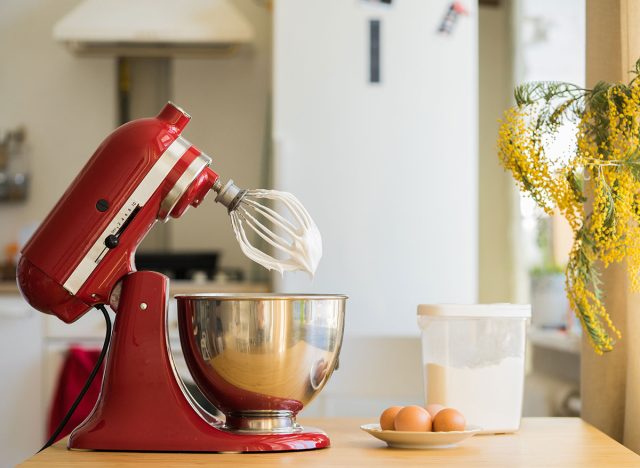
Many heavy-duty kitchen mixers are made in China, including household name brands commonly seen in stores and online. “U.S. goods imports from the world totaled $3.2 trillion in 2022, up 14.6 percent ($413.7 billion) from 2021. China was the top supplier of goods to the United States, accounting for 16.5 percent of total goods imports,” says the Office of the United States Trade Representative (USTR).
Rice Cookers
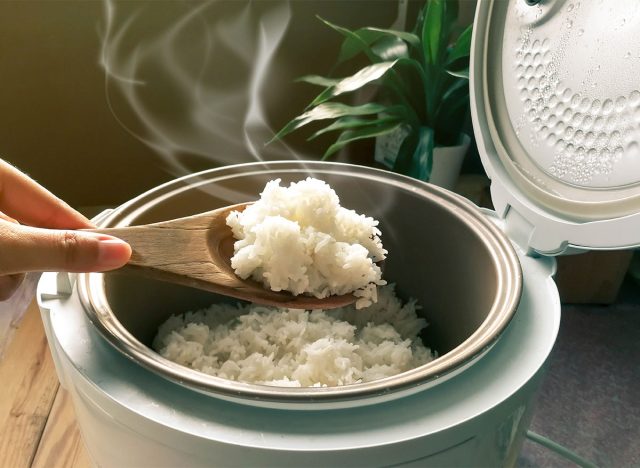
China is the world’s leading producer and exporter of rice cookers, which means this everyday staple could soon go from a value-for-money must-have item to something unaffordable. “The United States is the largest destination for China’s rice cooker exports. In 2021, China exported 5,251,200 rice cookers to the United States, accounting for 10.19% of total rice cooker exports that year with an export value of US$72.31 million, or 8.13% of total exports,” says Business Wire.
Toaster Ovens

Some toasters and toaster ovens use electronic control boards and components that could be impacted by semiconductor or magnet shortages. According to analysis from Research & Markets, China exported 41,943,000 electric ovens in 2021 and 11,883,000 to the U.S. alone, which is 28.36% of the total export volume of electric ovens that year.
Microwave Ovens
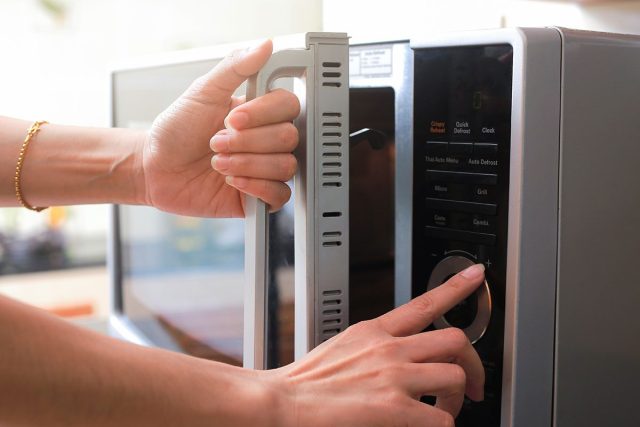
China is a major producer of microwave ovens, which could go up in price once the effects of the tariffs hit, plus there may be less choice. “What importers are going to do is they’re only going to import their most profitable, best-selling items for which they know they can still make a profit under these tariff regimes,” Jason Miller, professor of supply chain management at Michigan State University tells Wired.
Electric Kettles
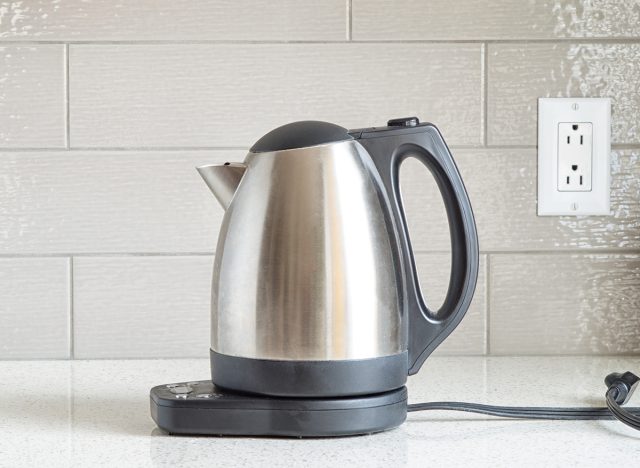
China is the world’s leading exporter of electric coffee and tea makers, according to the OEC. U.S. tariffs against China will impact both large and small businesses who may have to raise prices. “Tariffs this high will unequivocally compel higher retail prices—potentially much higher. We are a small business that was already struggling with increasing costs,” Portland-based coffee machine maker Ratio told Wired.









